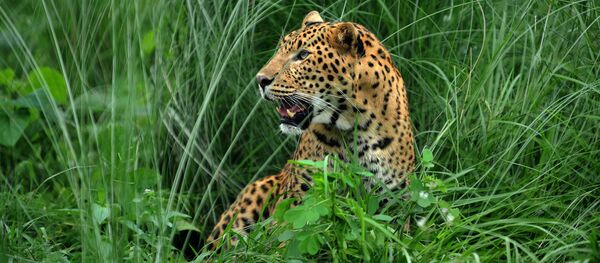Experts from the St. Petersburg State University and Tomsk State University discovered the remnants of the animal during a joint expedition to Siberia.
"We discovered a very primitive representative of this group: it should have lived in the Jurassic period (more than 145 million years ago), but was found in sediments dating back to the beginning of the Cretaceous period (100 to 125 million years)," associate professor at St. Petersburg State University Pavel Skuchas told Sputnik.
Scientists believe that the "ancient hamster" could be one of the prehistoric progenitors of all herbivorous mammals.
"The discovery confirmed that for 40 million years there was a grandiose evolutionary stagnation in West Siberia, when the species, among mammals and amphibians, practically did not change," the expert concluded.
To defend themselves from other animals, Baidabatyr clivosus had poisonous spurs on their legs, similar to the ones found on a modern platypus or echidna. According to researchers, poisonous spurs could have been an original feature of all mammals.



